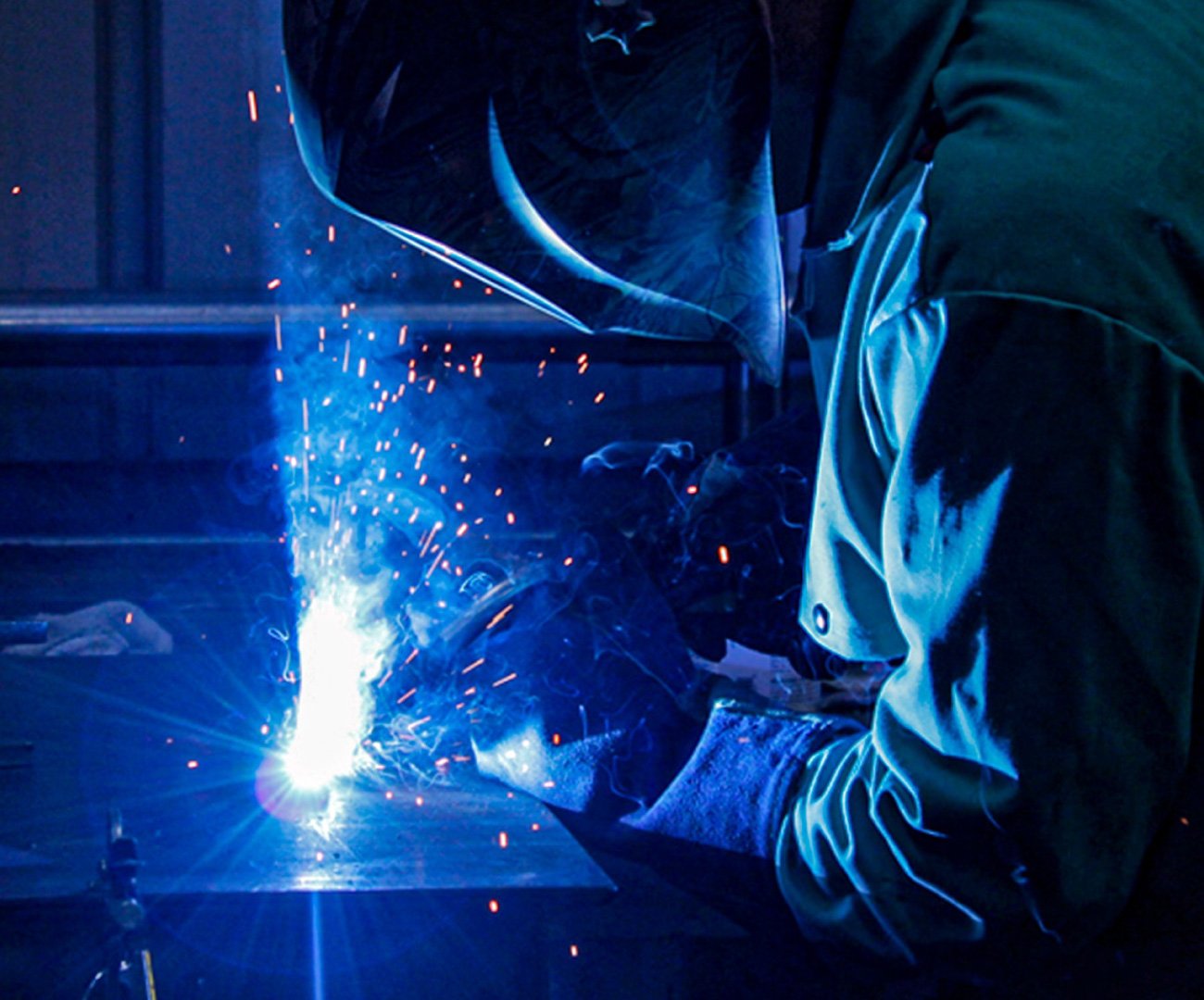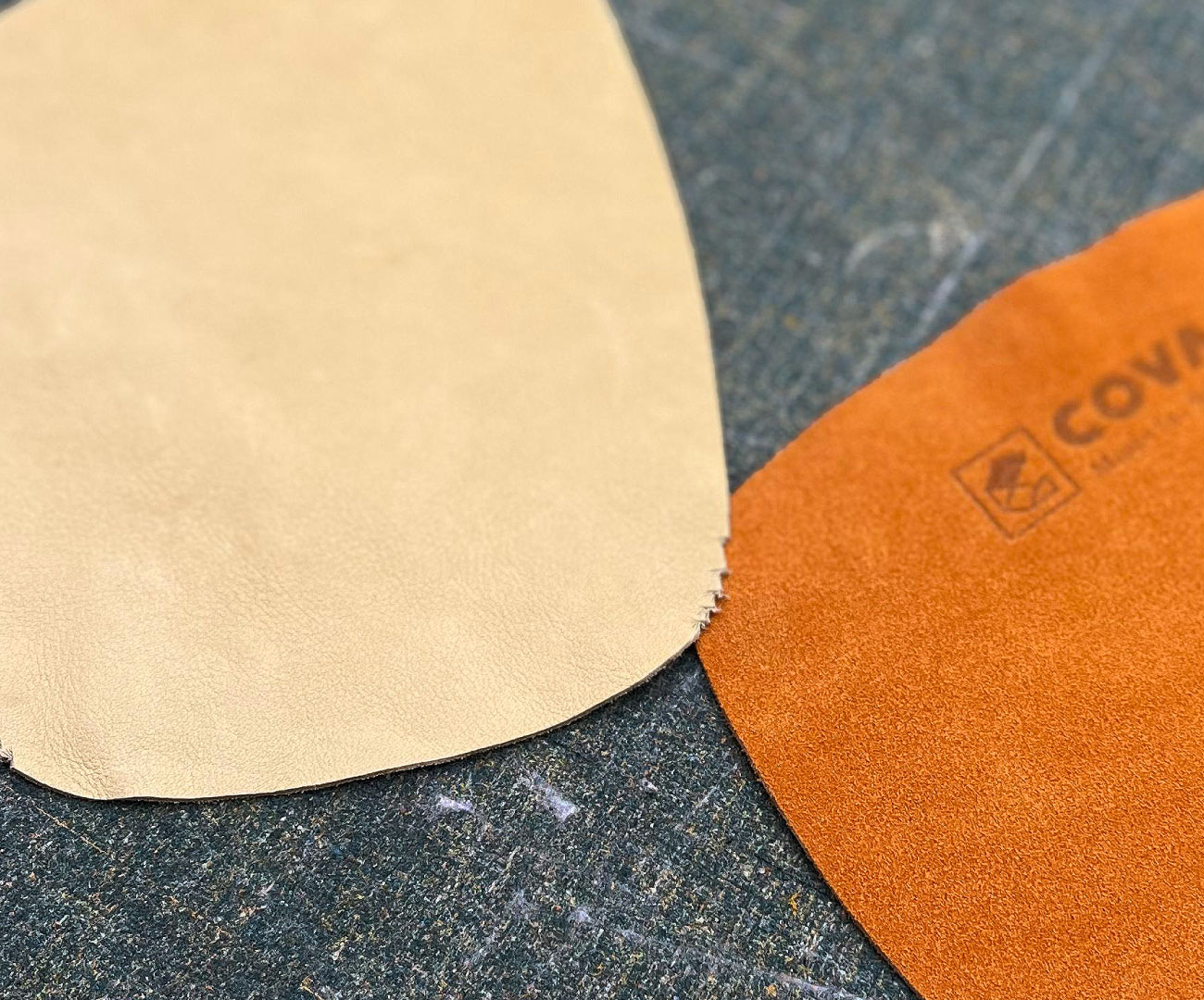Different types of welding and the importance of Heat-Resistant Gloves

In the welding industry, safety and precision are fundamental elements to ensure high-quality results. Heat-resistant gloves play a crucial role in this context, protecting operators from thermal hazards and allowing them to work with greater safety and efficiency. In this article, we will explore the different types of welding and the importance of heat-resistant gloves in the process.
 MIG/MAG Welding: Wire Welding
MIG/MAG Welding: Wire Welding
MIG (Metal Inert Gas) and MAG (Metal Active Gas) welding are two of the most common welding methods in the industry. This type of welding is also known as wire welding, as both processes use a continuous wire electrode fed through a welding gun.
The main difference between MIG and MAG is the gas used: MIG welding uses an inert gas like argon, while MAG welding uses an active gas like CO2. These processes are widely used for welding metals such as stainless steel, aluminum, and carbon steel.
This type of welding requires maximum protection since operators are exposed to very high heat for several minutes without breaks.
 TIG Welding: Tungsten Inert Gas Welding
TIG Welding: Tungsten Inert Gas Welding
TIG (Tungsten Inert Gas) welding, also known as GTAW (Gas Tungsten Arc Welding), is a method that uses a non-consumable tungsten electrode to generate an electric arc.
An inert gas, such as argon, is used to protect the welding area from contaminants. TIG welding is particularly suitable for thin materials and produces high-quality welds. For this reason, maximum flexibility in protective clothing is required.
 MMA Welding: Electrode Welding
MMA Welding: Electrode Welding
Manual Metal Arc (MMA) welding, or electrode welding, is a fusion welding process in which a coated electrode is used to create a permanent joint between two pieces of metal.
It is one of the most common welding methods and is widely used in various industrial and artisanal sectors, as well as in hobbies.
Heat-Resistant Gloves: Why They Are Essential
Regardless of the type of welding used, heat-resistant gloves are a vital component for operator safety. Welding generates extremely high temperatures, and direct exposure to these temperatures can cause severe burns or injuries. Heat-resistant gloves provide a protective barrier between the operator’s hands and intense thermal conditions, allowing them to handle hot materials safely and efficiently.
The heat-resistant glove industry has made significant advancements in designing gloves specifically for different welding processes. These gloves are made using heat-resistant materials such as Kevlar and heat-treated leather, which can withstand high temperatures without compromising flexibility and tactile sensitivity.
Coval offers a range of heat-resistant gloves designed specifically for the welding industry. Coval Weld is our dedicated brand for welding gloves and apparel without compromises. Our products use the finest raw materials to ensure maximum safety and unparalleled comfort for our customers.
Do you need to learn more about our Coval Weld product line? Contact us to schedule a consultation.



